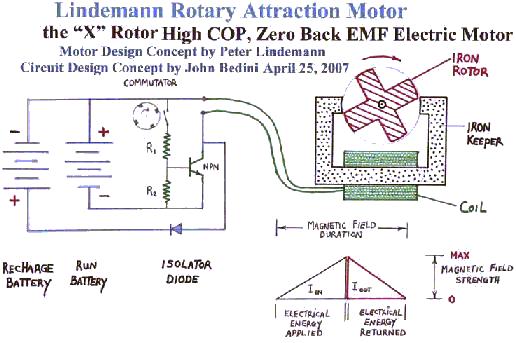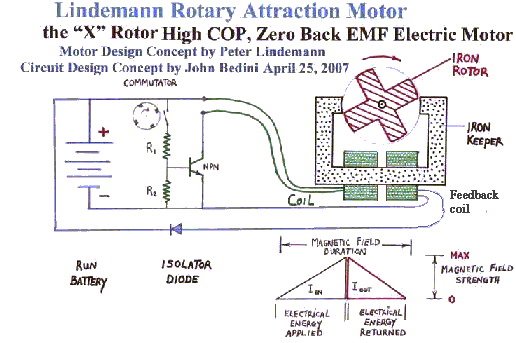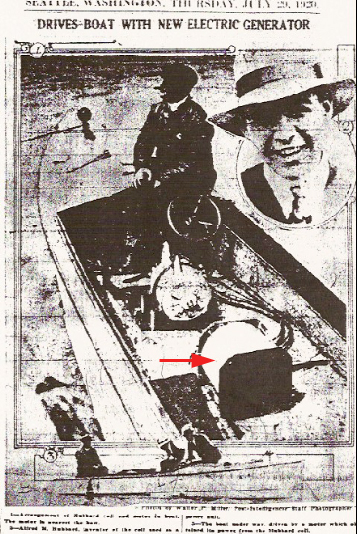THE REALIZABILITY OF THE PENROSE STAIRS.
PART 2.
(ELECTROMAGNETISM)
Vladimir Utkin u.v@bk.ru
INTRODUCTION
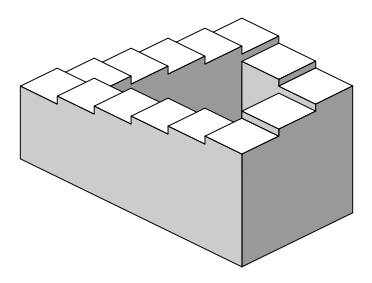
THE GENERAL APPROACH
- -- Interaction of two coils with current I1, creating a magnetic field intensity H1 -Fig.1





POTENTIAL ENERGY
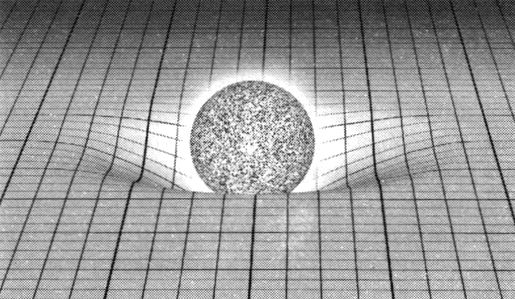
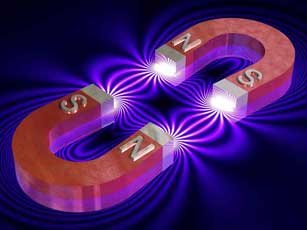
THE POTENTIALLY REALIZABLE THE PENROSE STAIRWAY
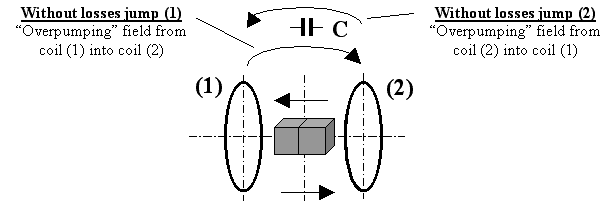
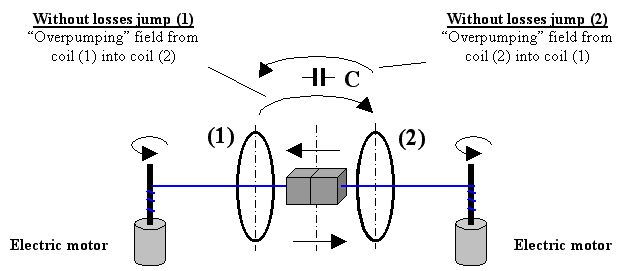
BRUSHLESS ELECTRIC MOTOR
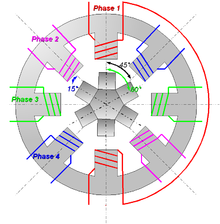
ENERGY GENERATION
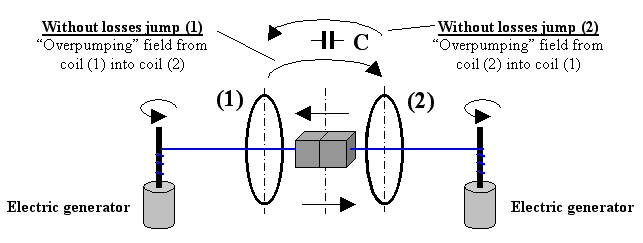

ENERGY DESTRUCTION
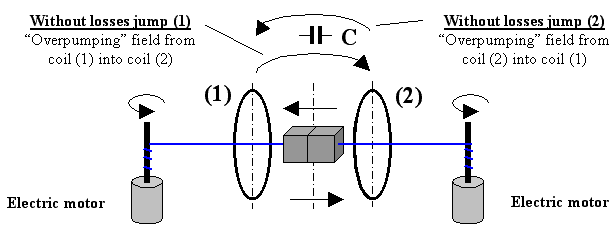

THE LAW OF THE CONSERVATION OF THE ENERGY
CONCLUSION
LITERATURE
ARE ALREADY KNOWN DEVICES
